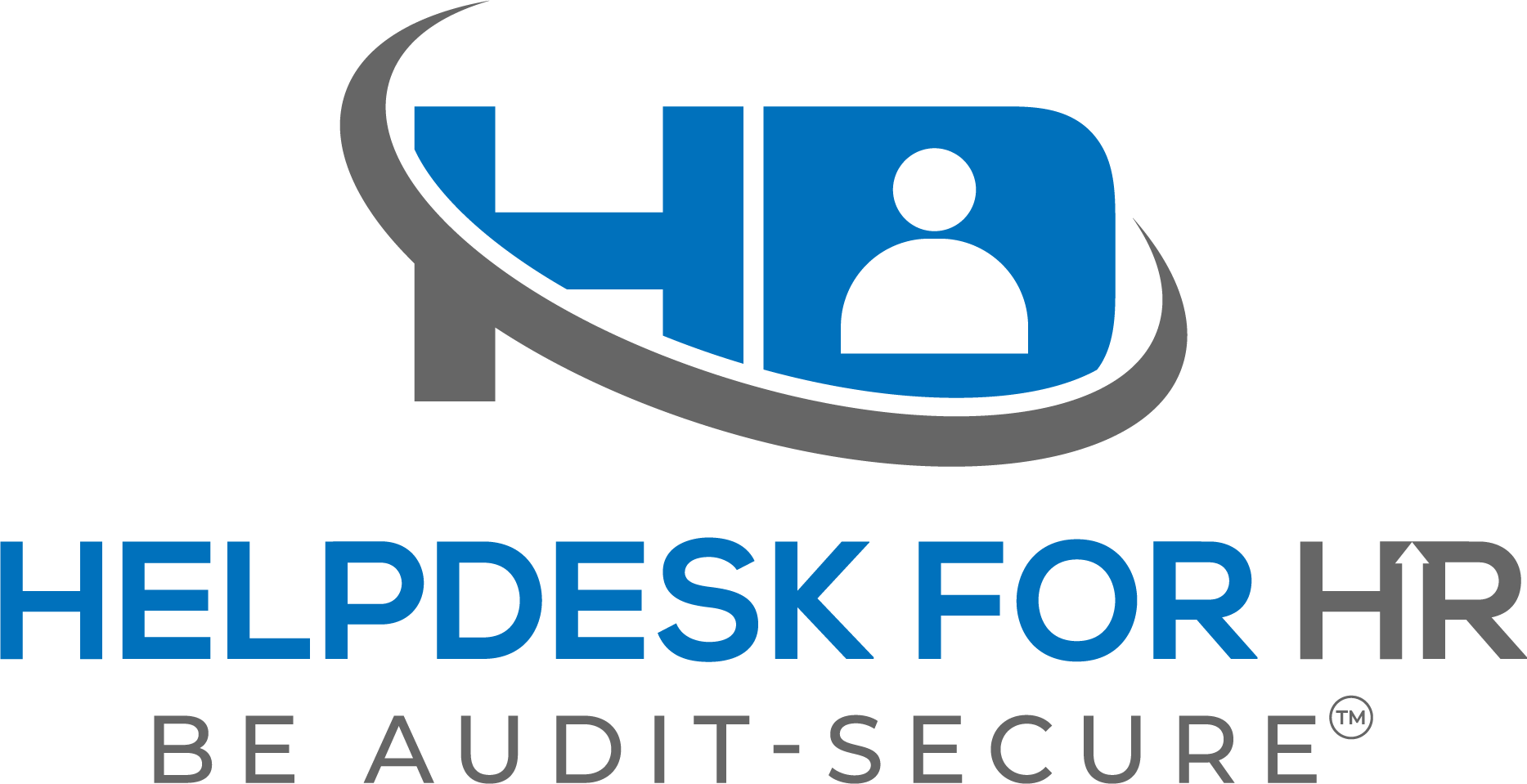Question:
Hi, we are working with a recruiter to fill executive-level positions. The candidates being presented to us are all over the country. Can you guide me in the right direction to develop a process for interviewing these candidates not in our local area? Should we first conduct a virtual interview and then an in-person interview at our expense if they are great candidates?
Answer:
Here’s a step-by-step guide for developing a process to interview executive-level and process engineer candidates who are located across the country:
Step 1: Initial Screening
- Application Review:
- Review resumes and cover letters.
- Check references and portfolios (if applicable).
- Phone Screening:
- Conduct a brief phone interview (15-30 minutes) to assess basic qualifications and interest in the role.
- Confirm the candidate’s availability for further interviews and potential relocation.
Step 2: First Round Interviews (Virtual)
- Virtual Interview:
- Schedule a video interview (60-90 minutes) with the hiring manager and relevant team members.
- Prepare a list of standardized questions focusing on the candidate’s experience, skills, and cultural fit.
- Assess communication skills, problem-solving abilities, and leadership qualities.
- Skills Assessment (if applicable):
- Provide a case study or technical assessment related to the role.
- Allow candidates to complete the assessment within a specified timeframe.
Step 3: Second Round Interviews (Virtual/In-Person)
- Panel Interview (Virtual):
- Conduct a more in-depth panel interview via Zoom with key stakeholders and senior executives.
- Discuss the candidate’s vision for the role, strategic thinking, and how they would handle specific challenges relevant to the company and position.
- In-Person Interview (for top candidates):
- If the candidate is highly promising, arrange an in-person interview.
- Cover travel expenses and accommodations.
- Schedule a full day or half-day of interviews, including a tour of the facilities and meetings with potential colleagues and team members.
- Include a mix of one-on-one and group interviews.
Step 4: Final Assessment and Decision
- Reference Checks:
- Conduct thorough reference checks with previous employers and colleagues.
- Verify the candidate’s employment history, performance, and any specific claims made during interviews.
- Decision Meeting:
- Hold an internal meeting with the interview panel to discuss and evaluate each candidate.
- Consider feedback from all interview rounds, assessments, and reference checks.
- Make a decision based on a consensus or majority agreement.
Step 5: Offer and Onboarding
- Job Offer:
- Extend a formal job offer to the selected candidate.
- Negotiate terms if necessary and provide a detailed offer letter.
- Onboarding Preparation:
- Plan the onboarding process, including orientation, training, and integration into the team.
- Ensure all logistics (relocation assistance, equipment setup, etc.) are in place for a smooth transition.
Tips for Conducting Virtual Interviews
- Technical Setup: Ensure all participants have a reliable internet connection and necessary equipment (camera, microphone, etc.).
- Professional Environment: Conduct interviews in a quiet, well-lit space free from distractions.
- Engagement: Make the interview interactive and engaging. Use screen sharing to present materials or discuss projects.
- Follow-Up: Send a follow-up email after the interview to thank the candidate and provide an overview of the next steps.
By following this structured process, you can effectively evaluate and hire top candidates from across the country, ensuring a thorough and fair assessment while minimizing logistical challenges.
I hope this helps.
Be Audit-Secure™!
